Description
Grekkon Limited’s drip irrigation kit in Kenya is tailor made to ensure you use less water while maximizing on your yields. Farmers use our drip irrigation kit to irrigate vegetables, fruit trees such as bananas, avocadoes, passion fruits, maize e.t.c.
Drip irrigated crop mature faster, are uniform and of top quality. Farmers also save on labour costs as compared to other methods of irrigation. Our drip irrigation kit can be gravity or pump driven.
What makes Grekkon Drip Kit In Kenya Unique?
Our kits are easy to install as we use hdpe pipe and compression fittings or PVC pipes and their fittings.
The compay supplies 3 types of drip irrigation kits based on the drip tape wall thickness
- 0.3mm thick drip tape
- 0.4mm thick drip tape
- 0.8mm – 1mm thick drip tape
The first 2 are established in vegetable crops, while the last one is for hedges and orchards or large fruit crops
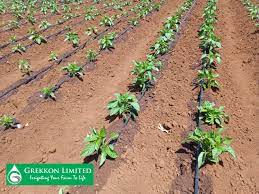
Grekkon Drip Irrigation Kit Components
- Water filter to prevent emitter clogging. This will either be screen, disc or a sand filter. A screen filter is applied for low pressure, gravity flow irrigation sytems, while a disk and a sand filter are for high pressure water pump powered irrigation. A sand filter is ideal when the water is rich in suspension, dirt, and debris
- Piping system. (Main pipe and sub main pipe.). The most commonly used pipe are uPVC and HDPE
- Control valves to regulate flow of water.
- Drip lines with various spacings. Most commonly used spacing are 15cm, 20cm and 30cm. Our drip lines thickness are 0.3mm and 0.4mm with a diameter of 16mm.
- Fittings and accessories. We use starter connectors, off-takes, drip to drip connectors, mini valves and end-caps.
Number of Drip lines per Bed
Our drip kits in Kenya can either have two, three or four drip-lines per bed. Crops such as tomatoes, sweet pepper, brassicas prefer two drip-lines per bed while for onions, we recommend three or four drip-lines per bed. Care has to be taken when designing farms with many drip-lines per bed so as not to affect irrigation pressure.
Irrigation Farm Design
Before installing the irrigation system on your farm, we always make a point of visiting the farmer or take measurements that will be key in designing the system. Generally, the farmer needs to provide the following.
- Dimensions of the farm i.e length and width
- Slope of the farm
- Distance from farm to the water source
- The position of the tank relative to the farm
We will also make a point of selecting the number of drip lines per bed depending on the crop to be grown
Drip Irrigation Kit Prices in Kenya
| Acreage | 2 Drip Lines Per Bed | 3 Drip Lines Per Bed |
| 1 acre | KES 120,000 | KES 150,000 |
| 1/2 acre | KES 60,000 | KES 75,000 |
| 1/4 acre | KES 40,000 | KES 55,000 |
| 1/8 acre | KES 24,000 | KES 32,000 |
| Kitchen Garden | KES 9,000 | KES 15,000 |
Note.
The above cost covers:
Drip lines, main line, filtration system, installation and all fittings and accesorries
Client is responsible for undertaking the following:
- Establishing a tank structure
- Land preparation including bed making
- All trench making works, and back-filling
However, where the farmer is not in a position to undertake these activities, the company does them for a fee
How Does Drip Irrigation Work?
Drip irrigation works under both low and high pressure. Low pressure occurs mainly under gravity flow. High pressure is both under intense gravity flow, or water pump pressure.
It is important to provide water at the right pressure, and quantity.
Water wets the soil through infiltration. This is a a factor of;
- the flow rate
- rate of water application to the soil
- soil texture.
The infiltration rate of a given soil is constant. Therefore, a higher water application rate than the infiltration rate results to run off. Run off wastes water. A low water application rate will result to vertical infiltration that may go deeper than the root zone. This will result in leaching of plant nutrients.
Drip irrigation is supposed to form a bowl like shape. This shape later joins together to form an irrigated zone of about 20cm wide. The depth of water infiltration depends on the hours of irrigation. If the drip irrigation system’s pressure is low, water will move to the lower side. This will be at the expense of the higher side, resulting in irregular distribution of water.
On flat land, water will move vertically more than horizontally. It will fail to cover the entire root zone width wise. If it covers eg 75% , your crop will cut its targeted yields by 75% .



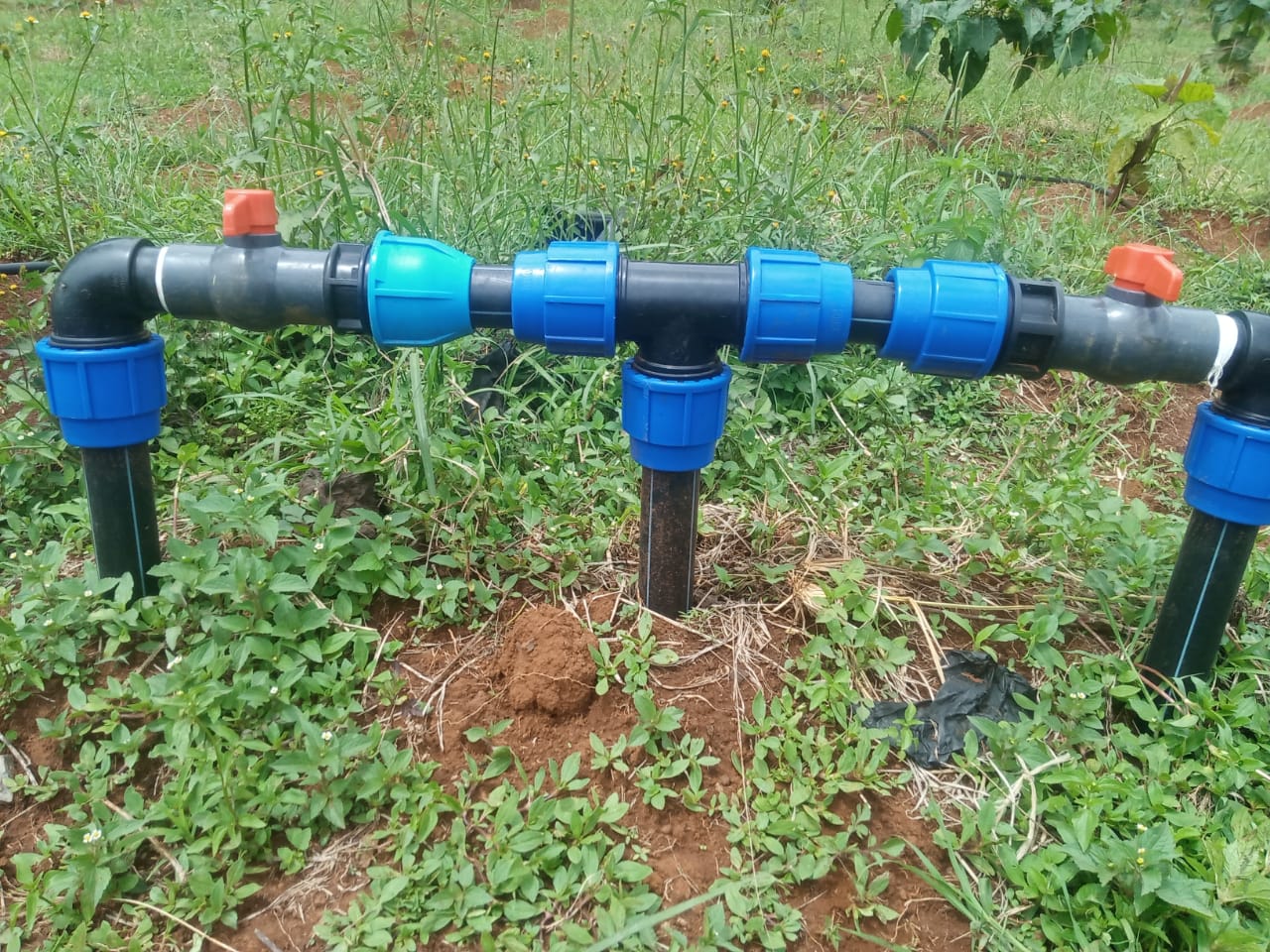
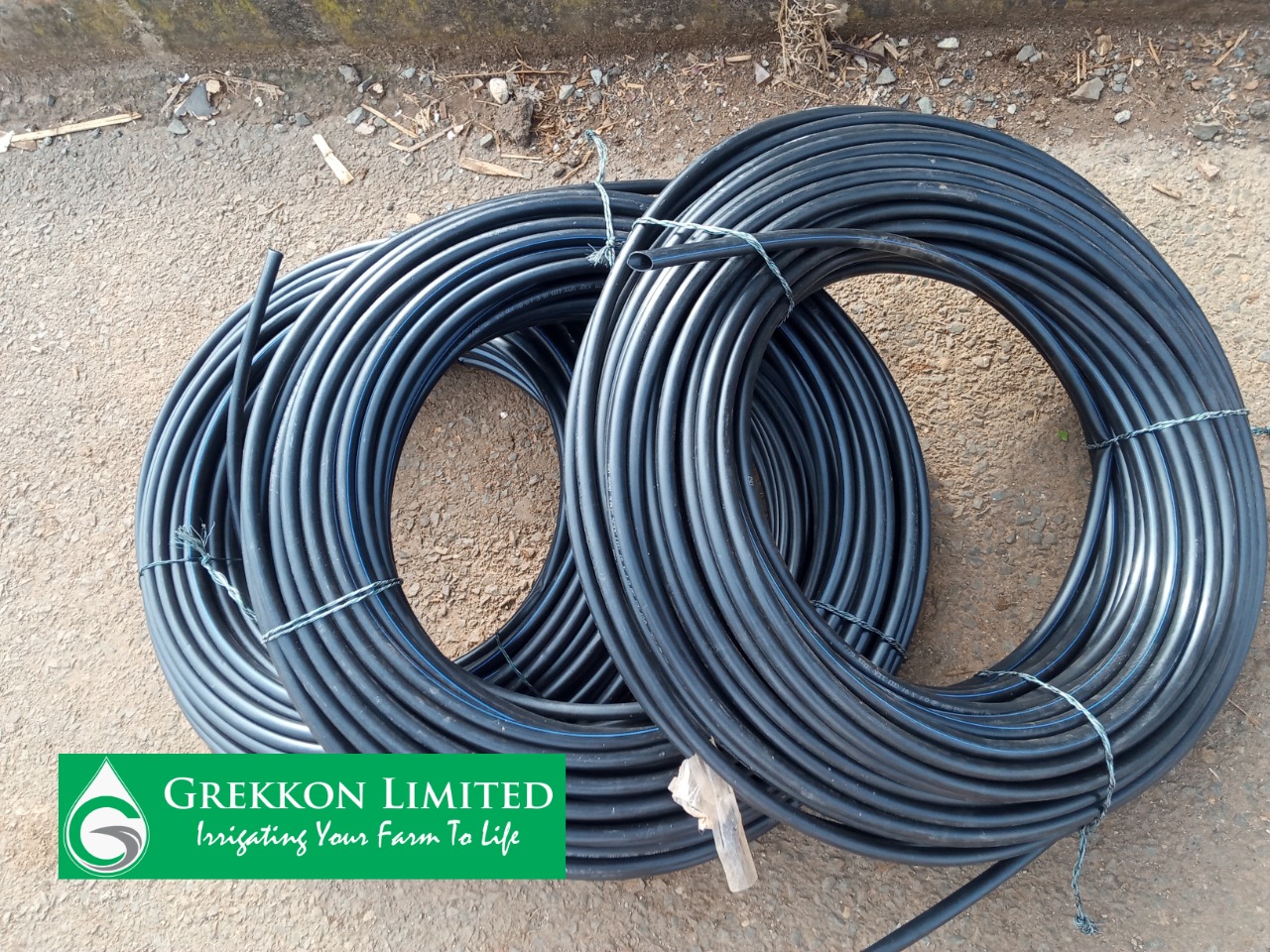
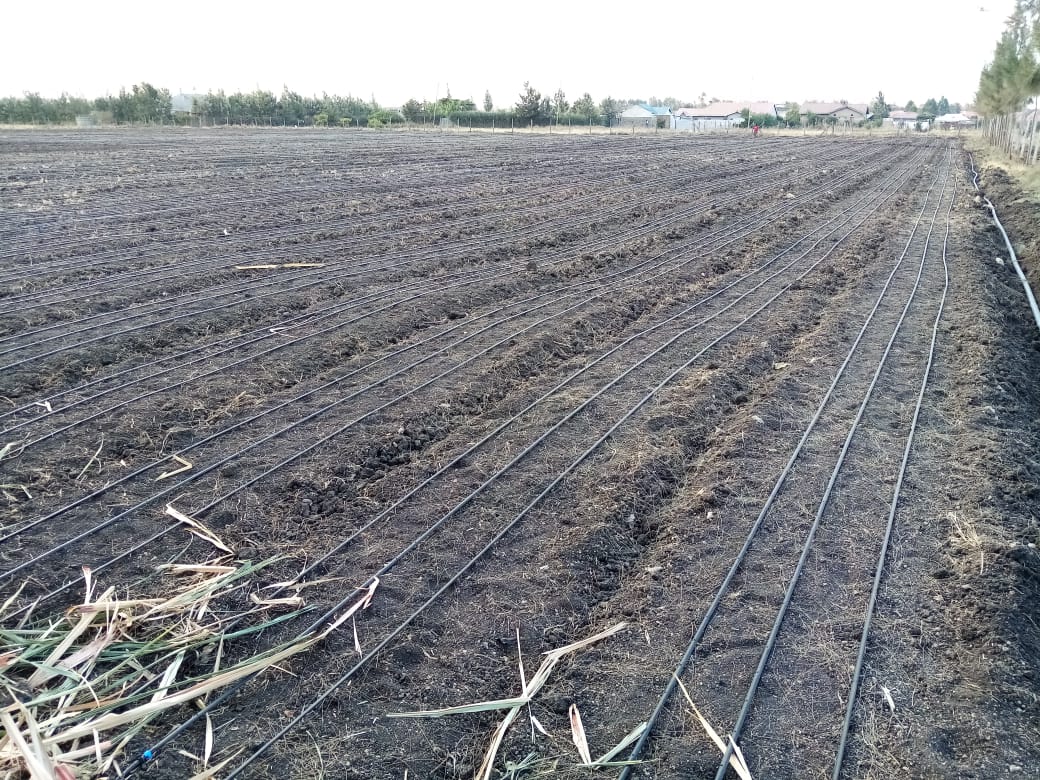
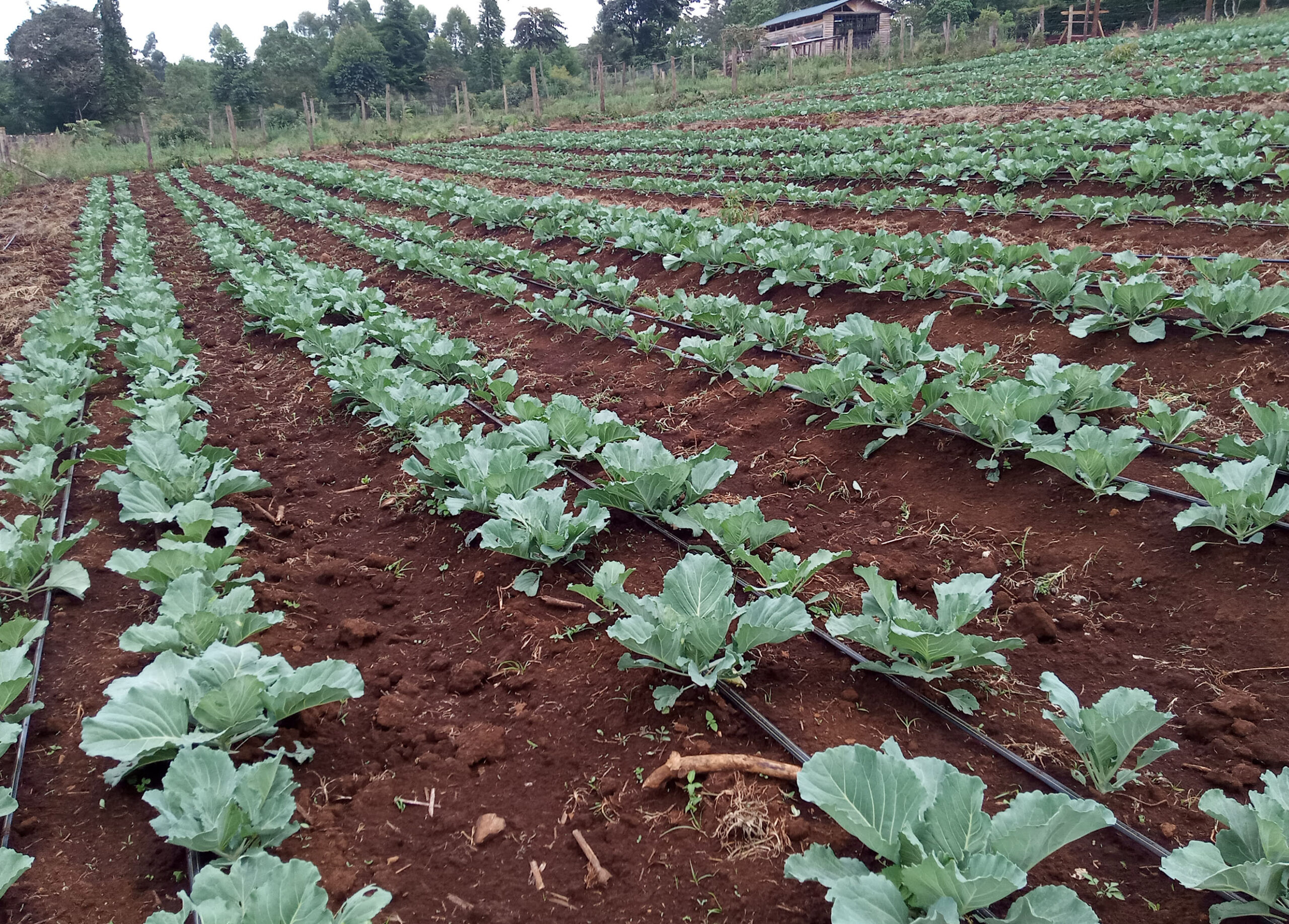


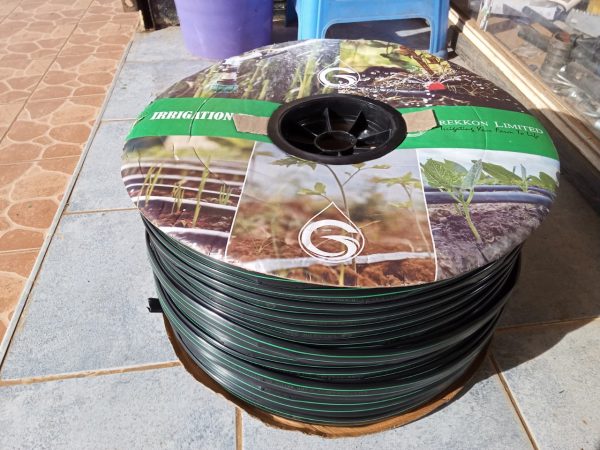
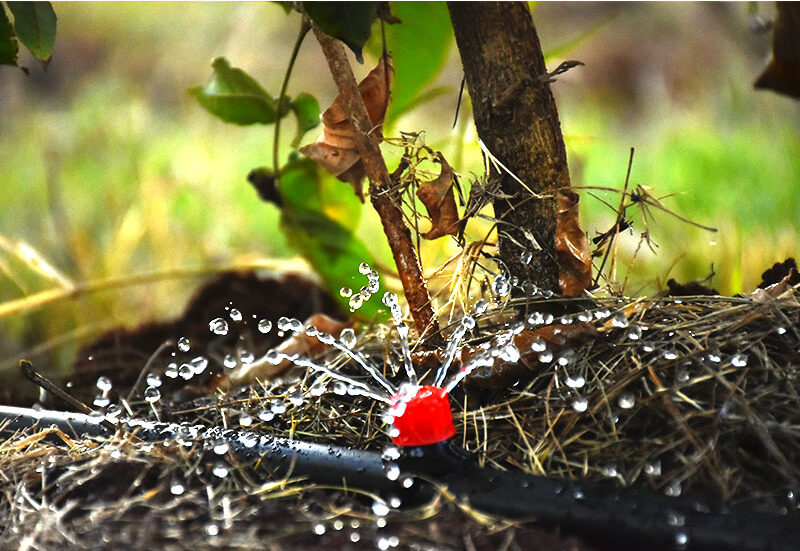


Reviews
There are no reviews yet.